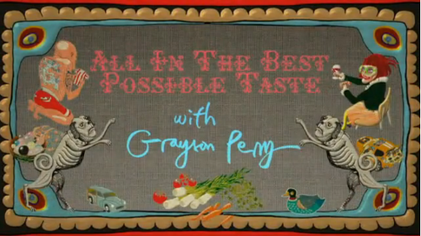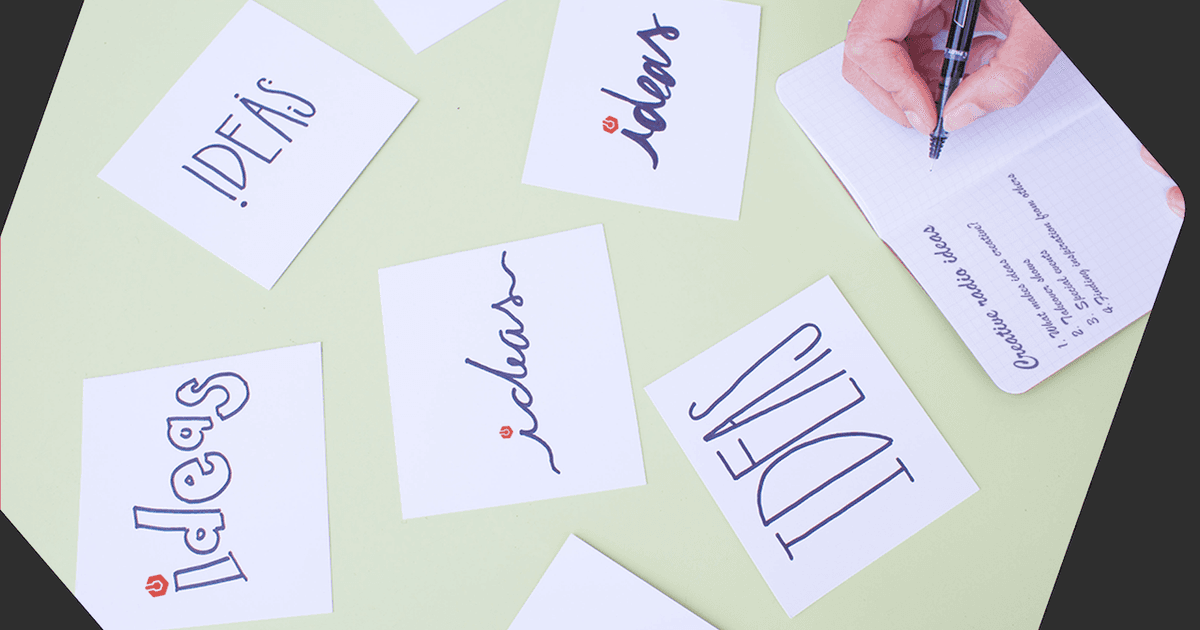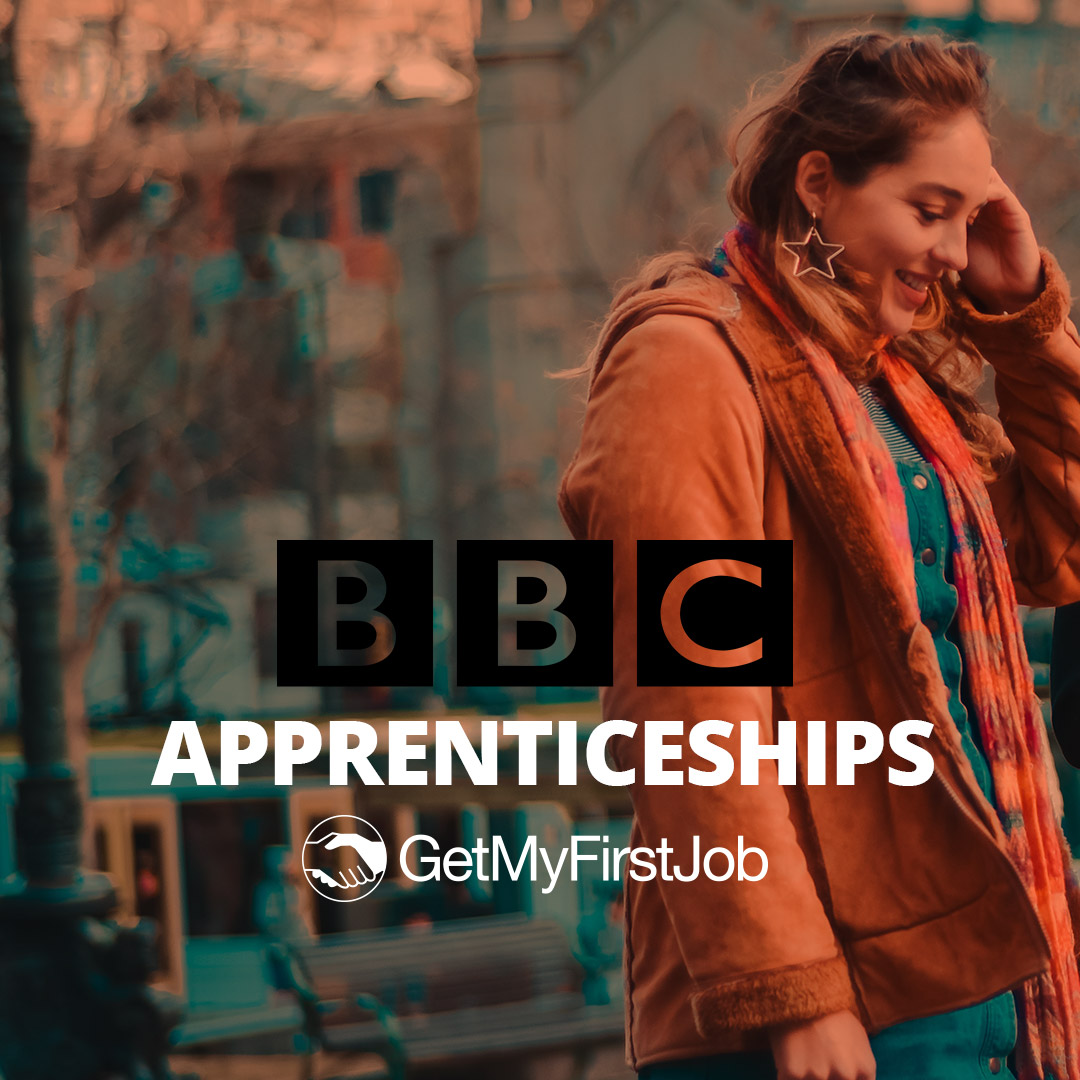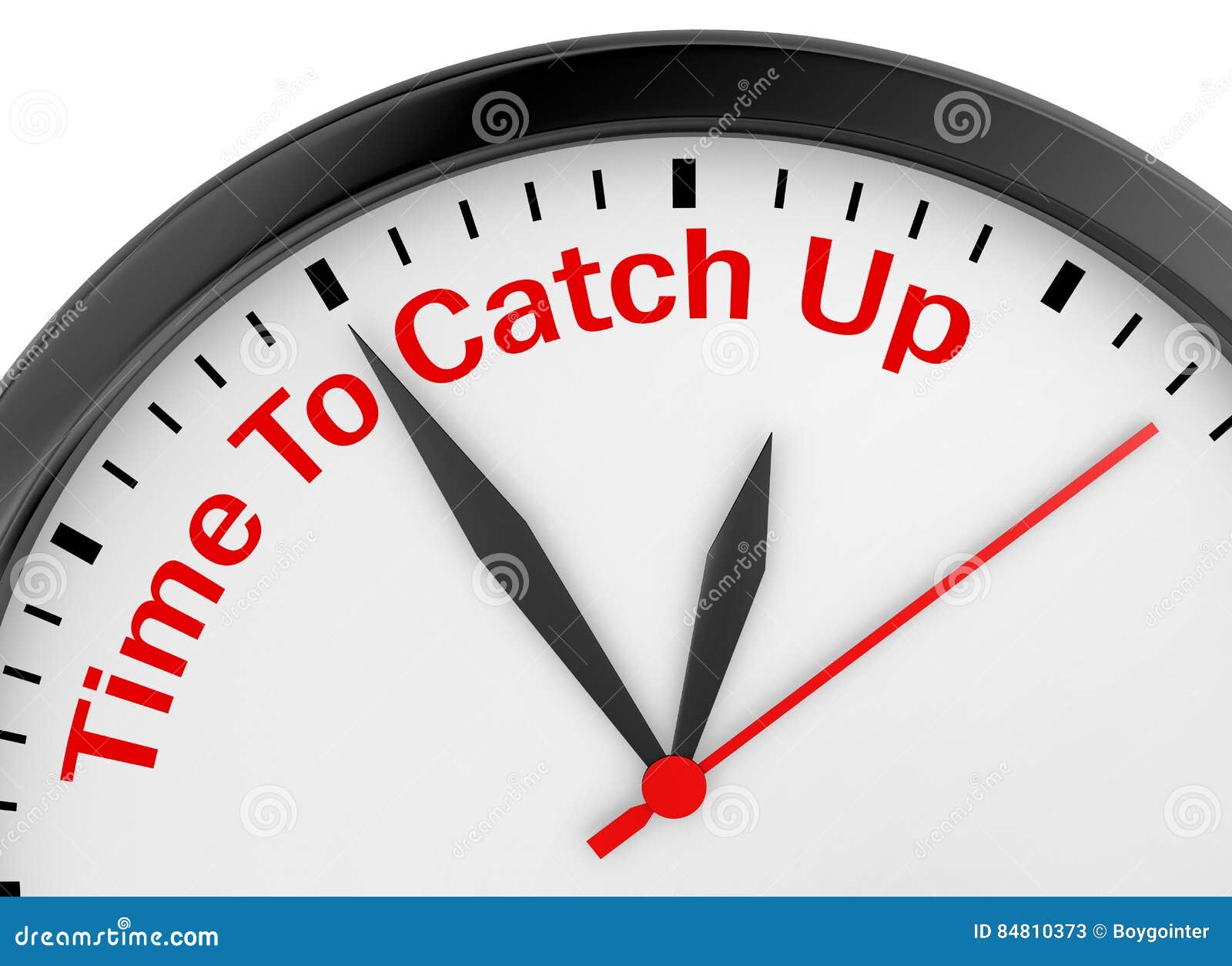
The second project is an online article for the Media Magazine publication. This project will teach you the purpose of research and different methods and skills that you will need to use to develop your creative ideas for future projects not just this one.

Research and an online article project brief:
WEEK 23rd November 2020

This week we will cover In Design tutorials 13 – 17 (linking text boxes, special effects, indent, tabs and paragraphs, style sheets, master pages) As with previous sessions please make sure please make sure that you complete the task after each tutorial and show the evidence of your work.
https://adobeindesignwithcelia.wordpress.com/blog/
By this point you should have your articles written, gramma and spellchecked. Make sure that your article follows the structure that we discussed in week 9th of November.
In afternoon sessions you will research spread designs that you like and would like to emulate for your own magazine article. Create a mood board of your ideas and write what you like about your chosen spreads ( try to use technical terminology in your analysis)
You should comment on how image / images are presented and what you like about it
What is the color scheme used on the spread and what that tell us about the topic / theme covered in the article.
How is text presented (columns, wrapped around image etc. )
What is the overall impact of the page design and what can you take from it and use it as an idea for your own page design.
WEEK 16th November 2020

This week we will be covering In Design tutorials 6- 12 ( Pen tool, color tint and effect, gradient, type, columns and spanning, crate outline, text wrap) . As we did lasts week please make sure that you complete the task after each tutorial and show the evidence of your work.
You will carry on with your article writing and make sure that you have done all necessary research to back up your article. Make sure that your research findings are reference properly ( Harvard style).
This is the link where you will find all In Design tutorials:
https://adobeindesignwithcelia.wordpress.com/blog/
WEEK 9th November 2020
This week we will have another go at trying to access Adobe InDesign and complete workshops that we tried to access last week.
You will also research the topic for your article and summaries your research findings:
You will identify what information you have found that is useful and can use in your article.
You will reference all sources of information using Harvard referencing style.
Once you have enough information and facts to form your article you will draft an outline for your article:
Please follow slides:

WEEK 2nd November 2020

This week ( first week back from half term) we are going to concentrate on developing your Adobe In Design skills.
This link will take you to a number of tutorials as well as tasks after each session. Please make sure that all tasks are completed in chronological order and evidence of your work posted on the blog.
https://adobeindesignwithcelia.wordpress.com/blog/
REFERENCING HARVARD STYLE
Please make sure that all your sources of information are referenced Harvard style.

WEEK 19th October 2020 (HALF TERM TASK)

As discussed in class, over the first week of Half term you will be engaged in coursework tasks related to magazine article project. Majority of you took a copy of your chosen article from MM ( Media Magazine). If you have not managed to do that than you will download the copy of the article I am providing you with and use it for your analysis.
The purpose of this exercise / task is to give you an understanding of type of topics covered in the magazine, the way articles are written for this publication and how are they written for its specific target audience ( media students).
Please read through information on slides (guidance on how to analyze media text / articles) and try to attempt all questions:

Once you have analyzed the article you will analyze the page layout of the same copy ( article ) you have looked at. This time you will analyze the key elements that make up the spread design. As with the previous task please go through slides to familiarize yourself with the key terminology to help you with your analysis.

Once you have completed the above tasks you will think of the topic for your own article. You can choose the same topic as for your podcast if you wish, but you must be piece of media related text that have very clear question in mind. Think what you want to research and find out and tell your readers about. For example: Who is real Lady Gaga? The changing face of masculinity ( looking at masculinity through 1960’s vs modern day advertising), ‘Kerrang’ can it cut it? (How much longer can the magazine survive in the current online age and how is holding on to its reader)
You are expected to complete three tasks during the half term:
- Analyze the copy of the article from MM magazine
- Analyze page layouts of the same article
- Come up with idea for your own article for MM magazine and conduct its topic research. You are only expected to conduct secondary research at this point. Make sure to evidence all resources you have looked at for your research.
WEEK 2: 28th September 2020
Session 1: Watching and discussing ‘ All in the best possible taste’ Grayson Perry documentary

This week task:
Please answer the questions giving reference from the documentary we watched in the class and your personal thoughts and examples from media that you consume.
What is research and its purpose in development of creative projects.
Explain methods and techniques of research
Primary and its techniques (think of the ways you can conduct primary research and how useful it can be in the process of creative development of your project) Make sure to give specific examples.
Secondary and its techniques ( think of the ways you can conduct secondary research and how useful it can be in the process of creative development of your project) Make sure to give specific examples.
Explain the difference between quantitive and qualitative research. Give specific examples in your answer.
Week 1:
Questions to answer following Greg’s session:
What did you find out about yourself that might influence your ideas for an article? Any surprises?
Who are your media heroes, influences, who inspire you?
Which medium are your preference?
What did you learn about yourself through the questions?
Which questions were most useful for investigation into you?
Have you come up with selection of ideas for you article, and what are they?
What article have you looked at for inspiration?




























































